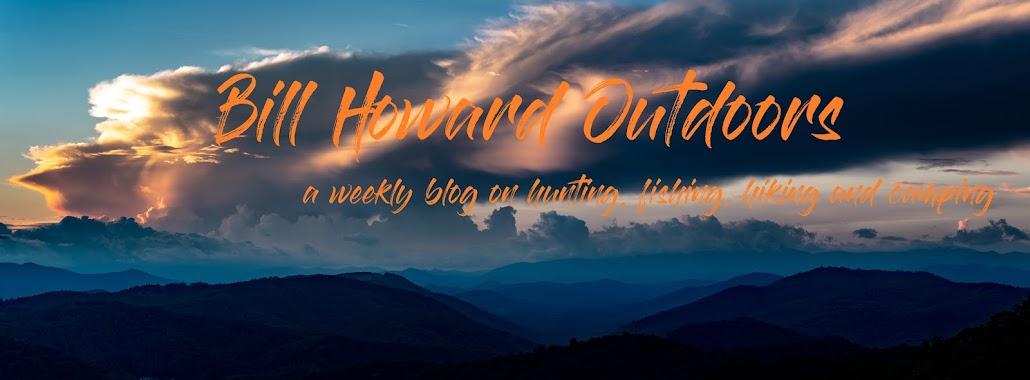Rednecks.
Hillbillies. Country
bumpkins. Heck, even gun-totin’ Bible
thumpers. These words are often used in
a derogatory sense for those of us here in the South. Yet, most often when we hear these names, we
just shake our head with an air of confidence and pride.
We are stereotyped as if all we do is sip iced tea out of
mason jars and shoot things for fun.
Even hit cable shows such as Duck Dynasty play on this fact as the
Robertson clan meet those expectations, and meet them well.
Shoot-arounds have multiple meanings. Sure, basketball comes to mind, especially
this time of year. But just as we are
portrayed, we enjoy slinging the lead as well.
I have been invited twice to go out with an old high school
friend who was also my roommate at NC State to shoot at his land with some of
his buddies. Twice I have missed
it. I’ll eventually get to though,
Jeff. Just don’t quit inviting me!
 I was able to join a get together my Dad held a few weekends
ago. Some may ask what is so fun about
just going out and shooting. It is a lot
more than just shooting. Stories are
told; some true, some as best as can be remembered, some deliberately as fake
as a $5 diamond ring. Of course many of
these stories grips you to the end only to find out it was a long, elaborate
joke that makes you laugh with a gush that would rival Santa. There is often some sort of food and
drink. Steaks were on the menu this
particular day, and yours truly was the chef.
I was able to join a get together my Dad held a few weekends
ago. Some may ask what is so fun about
just going out and shooting. It is a lot
more than just shooting. Stories are
told; some true, some as best as can be remembered, some deliberately as fake
as a $5 diamond ring. Of course many of
these stories grips you to the end only to find out it was a long, elaborate
joke that makes you laugh with a gush that would rival Santa. There is often some sort of food and
drink. Steaks were on the menu this
particular day, and yours truly was the chef.
Before and during these festivities though, was the
shooting. With firearms and firepower that
rivaled small guerrilla factions, the group of us set up targets and tended to
the range. We had exploding targets,
paper targets, and moving targets. The
smart person would watch and see who could shoot and who couldn’t so as to know
who to team with during the Apocalypse and who to go after if further rations
were needed. Usually the ones who missed
had the readymade excuse of ‘I’m sighting it in’. All we needed to turn this in to a hit movie
was a few young actors and a banjo.
These types of shoots allow something similar to the family
reunion buffet. With everyone having
their own different caliber of firearm, we all were able to shoot weapons that
we normally do not get the opportunity to.
 |
| Yes, I had to get at least one shot with the bow. |
But shoots are not always involving over a dozen friends or
family. They can consist of just a few
participants as well. Several years ago
I was on a deer hunt in the Northeastern part of the state. It was the first season in which crossbows
and Sunday hunting was legalized. I had
won the trip while a group from out of state had come down as they do each
year. I knew they were a tight circle of
friends, but they accepted me right in, ribbing me for bowhunting only
meanwhile accepting the ridicule I dished back.
One of the guys had bought a crossbow and wished to show everyone how
great it was. My ‘status’ had increased
within the group as I had taken two deer the evening before with my bow while
they were all skunked while using rifles.
“I bet Bill could outshoot that crossbow!” came the loud voice
of one of the friends.
“No way. This thing can
hit a quarter from 50 yards,” responded the crossbow hunter.
“I practice out to 70 yards,” I said without thinking. Then it was on. The other hunters began the shouts,
challenges and prods. Before I knew it
we were ranging 50 yards behind the cabin.
The first friend began laying the ground rules; each of takes a turn
shooting and we will only shoot three times each. We would measure in inches from the bull’s-eye
each shot and the winner would have the fewest inches. Because a crossbow usually uses some type of
rest, the crossbow hunter would use a table.
What had I just gotten myself into? Then money started changing hands between the
friends. Really! What HAD I just gotten myself into?!?
In short, I won the challenge that day, and my opponent had
to wash the dishes that evening. He also
had to accept more insults than one should endure. Truth is, I was likely just lucky. But I was able to hold my head high the rest
of the hunt.
And at the end of the day, we all got together, we ate well,
some were sipping from mason jars, and enjoyed the camaraderie. Just a bunch of country bumpkin redneck
hillbillies totin’ their guns before thanking God for the freedoms we have been
given.

